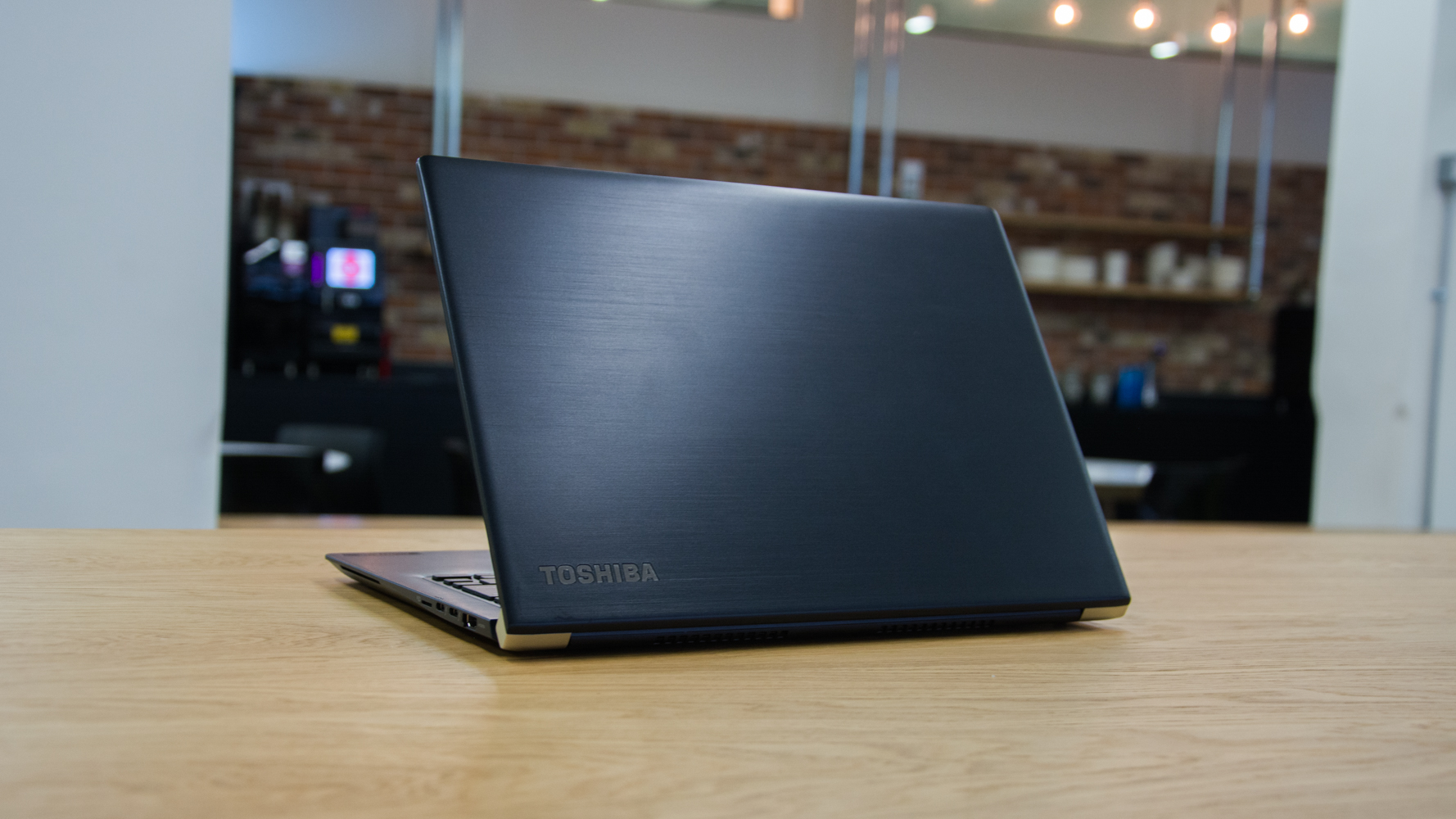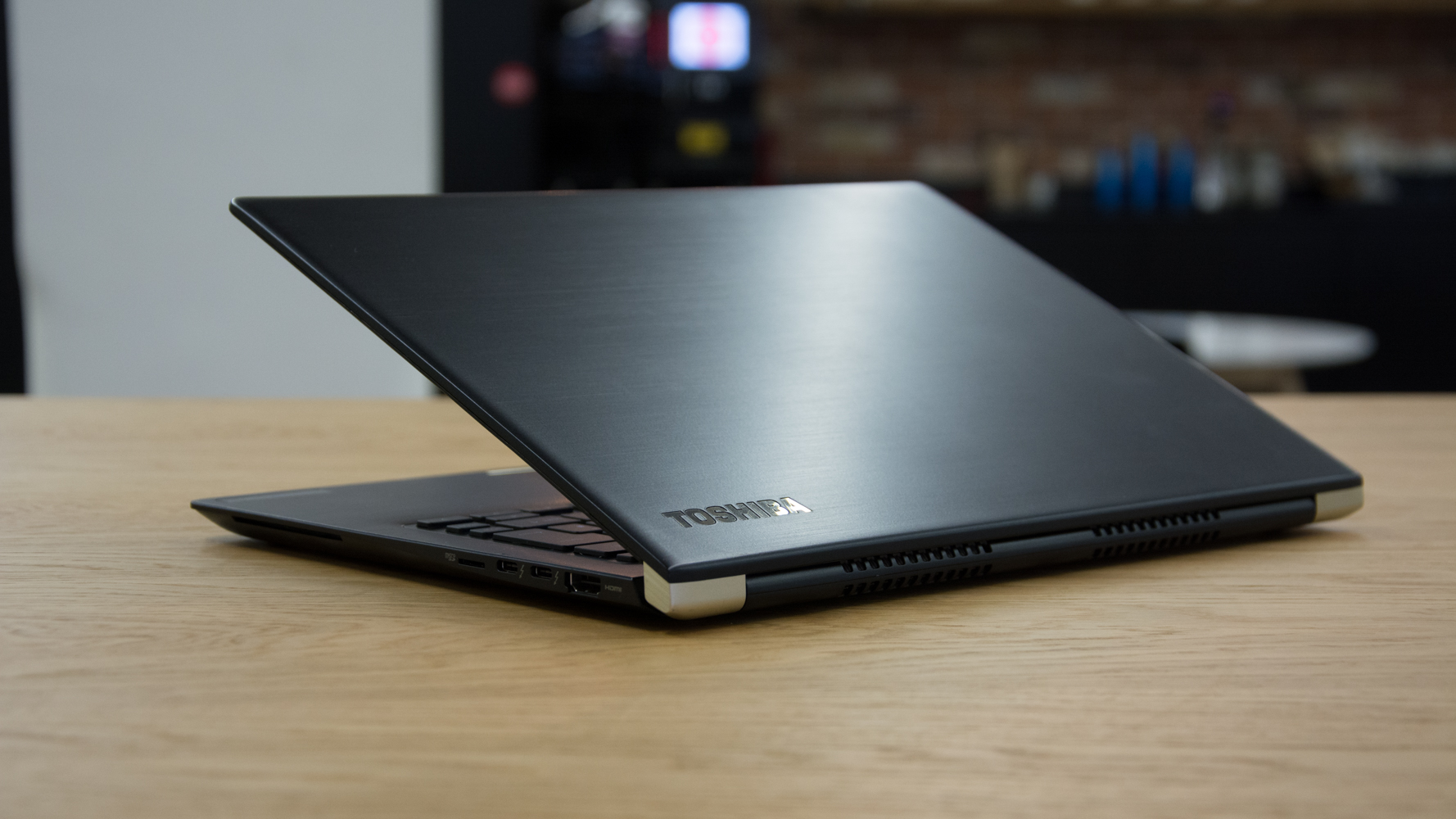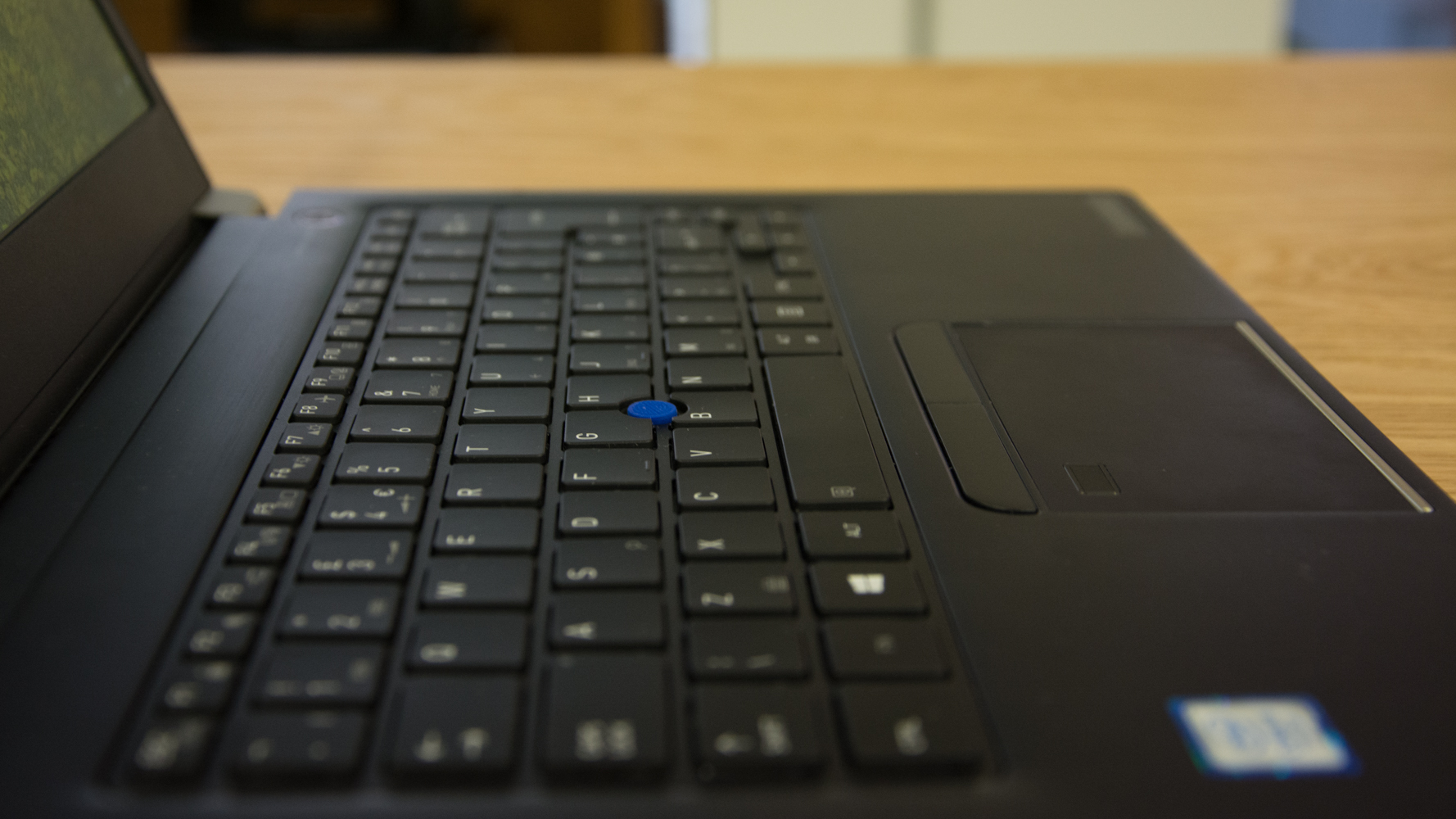Toshiba Portégé X30 review: back with a bang
A business ultrabook that's bristling with features


The Toshiba Portégé X30 is a phenomenal business ultrabook, dripping with features that make it much better-suited to an enterprise environment than other high-end laptops. It's not the top of the tree in terms of power, but it's close, and it can't be beaten for versatility.
-
+
Good performance; Large selection of ports; Excellent keyboard
-
-
Expensive

Toshiba is back with a bang. After falling behind the likes of Apple, the company is aiming to retake its place as one of the premier business notebook manufacturers, and the new Portg range is how it plans to do it.
Following on the heels of the convertible Portg X20, the X30 is a traditional 13in notebook that's squarely aimed at taking on devices like the Dell XPS 13 and MacBook Pro. But does Toshiba still have enough of the old magic to win back a place at the top table?
Design
The X30 is a truly gorgeous machine. The black semi-gloss chassis is elegant and understated, with subtle gold detailing that adds a touch of class without being too garish or overpowering.
It's got a lot in common with its convertible cousin, the Portg X20W. It's made from the same (admittedly slightly plasticky) magnesium material, and shares a similar design aesthetic. The main differences are that it's a traditional clamshell notebook rather than a 2-in-1, and a change to the keyboard and trackpad setup, which we'll talk more about later.
It's thin and light enough to rival pretty much any other ultrabook on the market, too. The 1.05kg weight is lighter than the MacBook Pro, and at just under 16mm, it's still more than slim enough to slip neatly into your bag.
It's a seriously good-looking device, and can easily go toe-to-toe with the MacBook Pro and Dell XPS 13 as one of the most attractive clamshells available.

Display
The X30's screen is less impressive, but still perfectly efficient nevertheless. The 13.3in Full HD display has a non-reflective matte coating commonly used on business devices to reduce screen glare under harsh lighting.
A maximum brightness of 357cd/m2 is perfectly capable, while not reaching the eye-searing levels of Apple's latest notebooks, and colour accuracy covers an impressive 91.95% of the sRGB gamut - more than enough for standard tasks, and even capable enough to handle some light photo editing.
Keyboard and trackpad
The X30 has a slightly unusual keyboard setup that's reminiscent of older laptop designs. In addition to the standard keyboard and trackpad combo found on most notebooks, it also has physical mouse buttons positioned between the trackpad and the keyboard, as well as an AccuPoint nipple embedded in the center of the keyboard.
It's an unusual combination, but one that we're big fans of. It gives an extra layer of versatility in how you use the device, particularly for older users who remember when this kind of setup was the norm.

The keyboard itself is excellent, with good spacing and travel depth, and firm, solid feedback on the keys. The touchpad is smooth and responsive too, with a coating that lets your finger glide over the surface. It's a superb setup all-round, and offers a level of flexibility in terms of how one uses it that will be sure to please many CIOs.
Get the ITPro daily newsletter
Sign up today and you will receive a free copy of our Future Focus 2025 report - the leading guidance on AI, cybersecurity and other IT challenges as per 700+ senior executives
Adam Shepherd has been a technology journalist since 2015, covering everything from cloud storage and security, to smartphones and servers. Over the course of his career, he’s seen the spread of 5G, the growing ubiquity of wireless devices, and the start of the connected revolution. He’s also been to more trade shows and technology conferences than he cares to count.
Adam is an avid follower of the latest hardware innovations, and he is never happier than when tinkering with complex network configurations, or exploring a new Linux distro. He was also previously a co-host on the ITPro Podcast, where he was often found ranting about his love of strange gadgets, his disdain for Windows Mobile, and everything in between.
You can find Adam tweeting about enterprise technology (or more often bad jokes) @AdamShepherUK.
-
 ‘Phishing kits are a force multiplier': Cheap cyber crime kits can be bought on the dark web for less than $25 – and experts warn it’s lowering the barrier of entry for amateur hackers
‘Phishing kits are a force multiplier': Cheap cyber crime kits can be bought on the dark web for less than $25 – and experts warn it’s lowering the barrier of entry for amateur hackersNews Research from NordVPN shows phishing kits are now widely available on the dark web and via messaging apps like Telegram, and are often selling for less than $25.
By Emma Woollacott Published
-
 Redis unveils new tools for developers working on AI applications
Redis unveils new tools for developers working on AI applicationsNews Redis has announced new tools aimed at making it easier for AI developers to build applications and optimize large language model (LLM) outputs.
By Ross Kelly Published
-
 Google layoffs continue with "hundreds" cut from Chrome, Android, and Pixel teams
Google layoffs continue with "hundreds" cut from Chrome, Android, and Pixel teamsNews The tech giant's efficiency drive enters a third year with devices teams the latest target
By Bobby Hellard Published